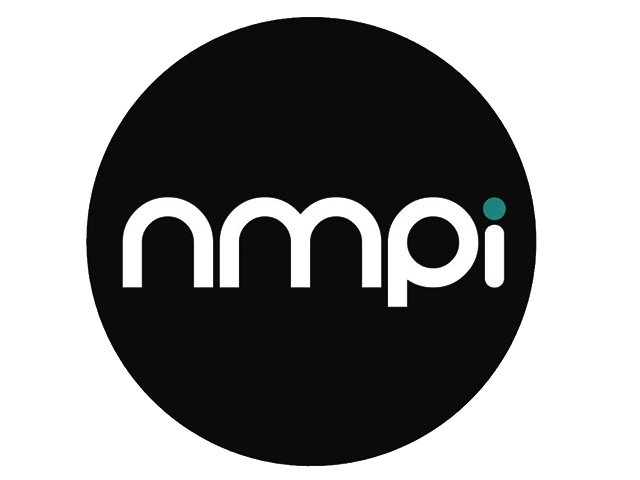BUSINESS NEWS SPONSORED BY:
By Johan Walters, head of NMPi Labs
Mobile is increasingly becoming the channel of choice for brand engagement, especially amongst younger generations who rely on their smartphones during their shopping journey. However, many brands have invested heavily in apps which are not delivering real return on investment.
Using new technologies in the geolocation space gives marketing professionals access to a wealth of opportunity to forge mutually beneficial relationships with their customers. Tapping into meaningful data will not only fundamentally shift your customer engagement, but could make your mobile app the most valuable tool you have at your disposal.
Beacons and Geofencing offer huge opportunity
Over the next few years we can expect the relationship between physical and online sales and marketing techniques to narrow considerably. Augmented, virtual and extended realities are becoming more commonplace as the cost of the technologies continue to drop and device manufacturers throw their weight behind them.
Companies looking to enrich their apps are now also leveraging the tech advancements in beacons and geofencing. These make them far more accessible, allowing highly targeted campaigns, including in-store promotions.
Let’s take a closer look at how these technologies work and how they can benefit your organisation.
Starting at the macro level, a geofence is a virtual perimeter that you can set up around a specific location. It will register when someone carrying a smartphone with your app is near your store or event and allow targeted communications with them as they move within the perimeter.
Embedding a light SDK (software developer kit) into the app and connecting it to your existing content management platform allows marketers to harness the data and gain real insight into customer behaviour. They can then target customers with the most appropriate message or campaign at exactly the right time using push notifications. These targeted messages can be based on previous interactions such as transactions they have made, as well as loyalty and segment data.
What’s particularly interesting about geofences, is the ability to track customers in the vicinity of competitor locations.
The tracking combines the use of cellular, GPS and wifi data and can even run in the background of the phone without your app actually being opened. Geofences do not require additional hardware, but engagements should be carefully thought through so as not to spook the customer who may be startled by the notion of being tracked.
Beacons, meanwhile, are micro location hardware that let you know when someone is near a specific product or object within a smaller space such as a store. They work on a very granular level and can be used in conjunction with geofences, or on their own.
Well known use cases of beacons include the Gatwick airport where beacons help travellers find flight info as well as locations of retail stores within the terminals.
A Dutch real estate agent deployed beacons on their sale signs outside properties, alerting house hunters passing by, and providing virtual tours of the properties. The city of Amsterdam has deployed thousands of beacons around the city. Together with Google they are allowing Dutch developers to use these to deliver relevant information to the city’s citizens and tourists, including information about public transport, museums and retail hotspots.
Gaining insight without invading privacy – creating a value exchange
A key challenge for marketers using geolocation marketing is how to entice users to opt in to the tracking. Privacy concerns are growing amongst the general population and when designing a geolocation campaign, it’s imperative to clearly show the value exchange between your organisation and your user.
Waiting for the second or third engagement before you ask your users to opt-in ensures you have already established a more trusted relationship with them. Making sure they understand that you still respect their privacy and explaining clearly that you will be tracking their movements in a limited way, and only under certain circumstances, also goes some way to allaying concerns. This should be supported by an easy to understand privacy policy.
Most importantly, users must see a clear value proposition in engaging with you. If I know that I will be getting special offers, discounts, vouchers, loyalty points or air miles, I will see the sacrifice of sharing my data as inconsequential. The offers should also be specific to me as a user, based on my past behaviour and how I have engaged with you previously.
Using data to drive behaviour
It’s clear that the core of successful geolocation marketing is accessing the right data and making the most of it. Once you have your app on someone’s phone, getting the most out of it means using the treasure trove of data it can deliver.
DoubleClick tracking will give you behaviour data, like when your app was downloaded and when it was first launched. However, it’s best to use in-app analytics to drill down further. This allows you to establish which parts of the app engagement are most enjoyed and consumed, and when last they came back to your app – essentially you are tracking frequency and recency. You can then tailor-make rich media push notifications with HTML5 content including video and pictures. This entices the consumer to open the app and begin deeper engagement with your content. This, in turn, allows you to better target your geolocation campaigns and then boost it through other marketing channels.
While some analysts may be predicting the demise of the mobile app, there are still many ways to make them work for you. Getting the most out of your app investments requires you using it as a portal into the psyche of your customer. Once you’re inside, you can begin to understand them and, ultimately, forge symbiotic brand relationships.






